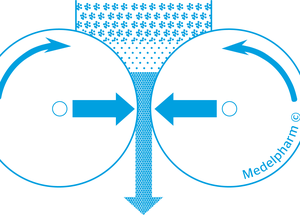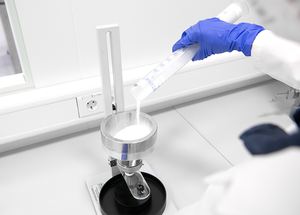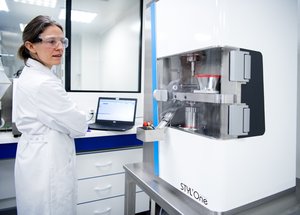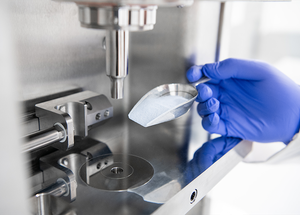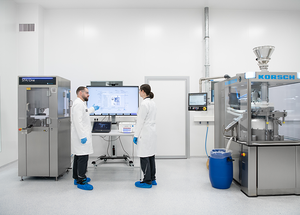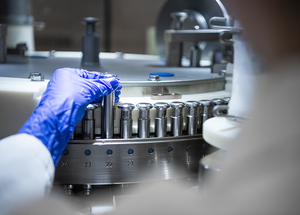Scientific papers
While the roller compaction process may seem straightforward, attempts to quantitatively model the process have been challenging due to the complex behavior of materials in the feeding and compaction zones. Existing roller compaction models have seen limited implementation in experimental work because they often require extensive experimental datasets or involve obscure input parameters that are hard to obtain experimentally. This study introduces an alternative approach, building upon Johanson's widely used roller compaction model, making it suitable for integration into daily workflows. The proposed method utilizes standard, routinely measured parameters as inputs. Strong correlations between simulated and experimental results were observed for both placebo and active blends with up to 22% (w/w) drug load. Additionally, a dimensionless relationship, termed the modified Bingham number (Bm*), was identified, emphasizing the need to balance yield and viscous stresses for optimal output properties during roller compaction. Maintaining a constant ratio of yield-to-viscous stresses, indicated by a constant Bm*, resulted in consistent products across two scales of operation. Bm* was found to be a valuable guide for determining the design space in formulation development and aiding in scale-up efforts.
Comments
No comments posted yet.
Add a comment




